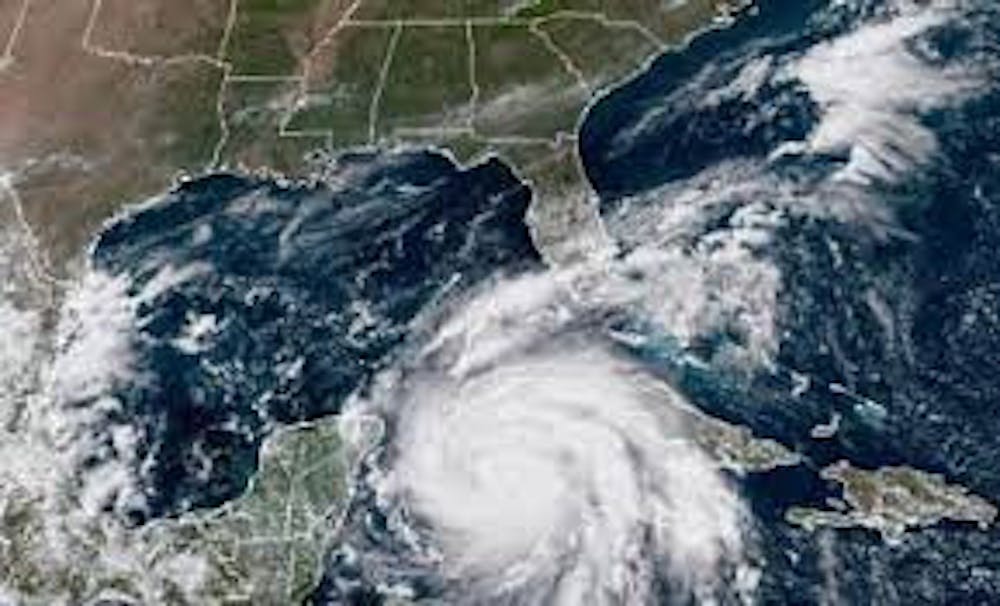As Hurricane Ian swept across Florida, damaging populated regions like Southwest and Central Florida, the state’s agricultural sector faced a similar devastating fate.
Florida agriculture is a commodity production leader, said Christa Court, director of the UF/IFAS Economic Impact Analysis Program, in a Tuesday morning press conference. The state produces more than 200 different commodities across 47,500 farm operations, she said.
Around 4.7 million acres — almost five times the size of Rhode Island — of agricultural land were affected by the storm, representing around $8.1 billion in estimated total value of production, according to a UF/IFAS assessment released Oct.17. Of the 4.7 million acres, around 60% was grazing land for livestock.
The assessment divided affected commodities into groups, including citrus, non-citrus fruits and tree nuts, vegetables and melons, field and row crops, horticultural crops, and animals and animal products.
Using observations from past hurricanes and the total affected acreage, the assessment estimates between $786 million and $1.5 billion in losses due to Hurricane Ian. Court noted these are preliminary estimates that might change as more data is collected.
Citrus, vegetables and melons were most affected by the storm in terms of acreage, not including grazing land. Citrus-growing operations that experienced Category 3 and Category 4 wind speeds lost between 40% and 80% of their annual production for this year, according to the assessment. In fact, there was little to no citrus production outside of the area affected by Ian.
“Citrus is just about to start their harvest season,” Court said. “So, that crop was out there and affected probably at the worst time when the fruit was just big enough and just about ready to be harvested.”
The assessment recognized the long-term effects of the hurricane, but losses beyond the 2022 calendar year weren’t evaluated and would be an addition to the current estimates, Court said Damages to seeds or fertilizer, stored harvested products and infrastructure weren’t assessed either.
Nikki Fried, Florida commissioner of agriculture, said she was saddened but not surprised by the cost of the storm.
“The impact on Florida’s affected commodities cannot be understated, especially the heartbreaking damage to Florida citrus, an industry already facing significant challenges,” she said.
The assessment was an important first step to rebuilding Florida’s affected agricultural land, Fried said, and her department will continue to work with producers in the recovery period.
Contact Fernando at ffigueroa@alligator.org. Follow him on Twitter @fernfigue.
Fern is a junior journalism and sustainability studies major. He previously reported for the University and Metro desks. Now, he covers the environmental beat on the Enterprise desk. When he's not reporting, you can find him dancing to house music at Barcade or taking photos on his Olympus.






